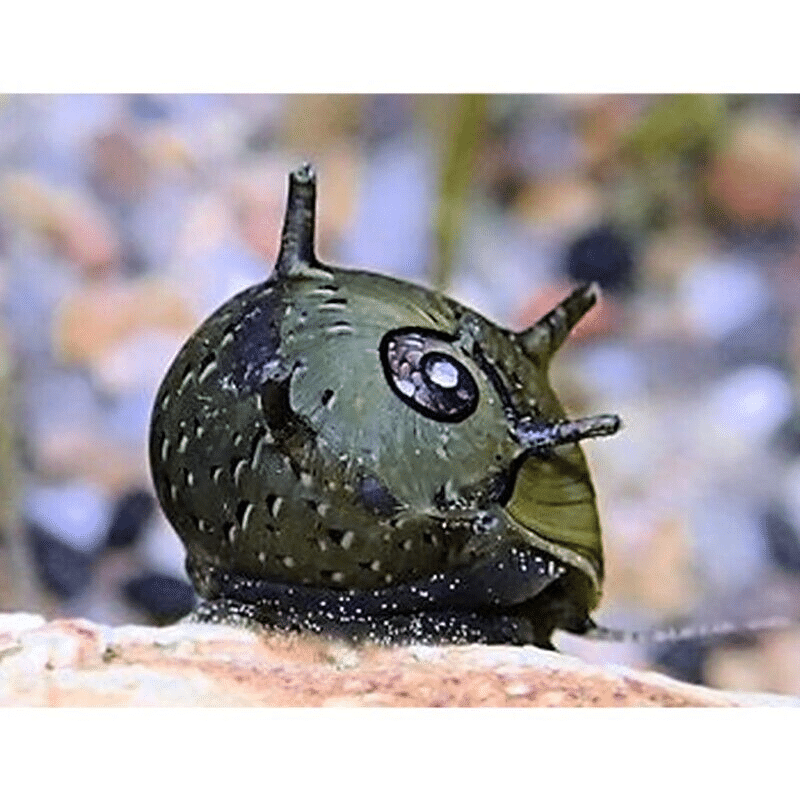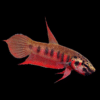-
×
-
×
-
×
Red Devil Vampire Crab - Geosesarma Hagen - Decapod Crustacean 1 × £8.71
-
×
Golden Eyes Vampire Crab - Geosesarma Sp. - Decapod Crustacean 1 × £8.71
-
×
-
×
-
×
Subtotal: £209.99



 Red Devil Vampire Crab - Geosesarma Hagen - Decapod Crustacean
Red Devil Vampire Crab - Geosesarma Hagen - Decapod Crustacean  Golden Eyes Vampire Crab - Geosesarma Sp. - Decapod Crustacean
Golden Eyes Vampire Crab - Geosesarma Sp. - Decapod Crustacean 












Emily Roberts (verified owner) –
I recently added a Horned Nerite Snail (Clithon Corona) to my freshwater tank, and I couldn’t be happier! After about two months of observing its behavior, I can genuinely say this little guy has brought a whole new dynamic to my aquarium. Not only is the shell beautifully patterned, but this snail is also a fantastic algae eater, keeping my tank pristine without any chemical treatments.
I had previously used other types of snails, but they just didn’t compare. The Horned Nerite is much more active and hardy. It moves freely around the tank, exploring every nook and cranny, which adds a lot of character. Plus, I’ve noticed my fish seem to enjoy watching it, which was an unexpected bonus!
One minor concern is that they can be a bit shy at first, but with a little time, they come out more often. Overall, I highly recommend these nerite snails to anyone looking to enhance their freshwater fish setup. They’re perfect for both beginners and seasoned aquarists. Shipping was quick, and it arrived healthy and happy. I would definitely buy again!
Emily Harrison (verified owner) –
I recently added a few Horned Nerite Snails (Clithon Corona) to my 20-gallon freshwater tank, and I couldn’t be happier! After about a month of watching them thrive, I can confidently say these snails are a fantastic addition. Their unique horned shells not only add beauty but also create a dynamic environment for my tank. They work tirelessly, grazing on algae and helping maintain a clean habitat for my fish.
What sets these freshwater snails apart from others I’ve tried is their peaceful nature and ability to thrive in a variety of water conditions. I’ve noticed my other fish are less stressed since adding them, which is a huge plus! The only minor concern is that they tend to be a bit shy initially, but with time, they became more active, especially during feeding times.
If you’re looking to enhance your aquarium with some charming and hardworking creatures, I highly recommend the Horned Nerite Snail. They are ideal for both beginners and experienced hobbyists who care about maintaining a healthy tank. Plus, they arrived quickly and healthy from the seller, which always puts a smile on my face. I’m definitely considering getting more soon!